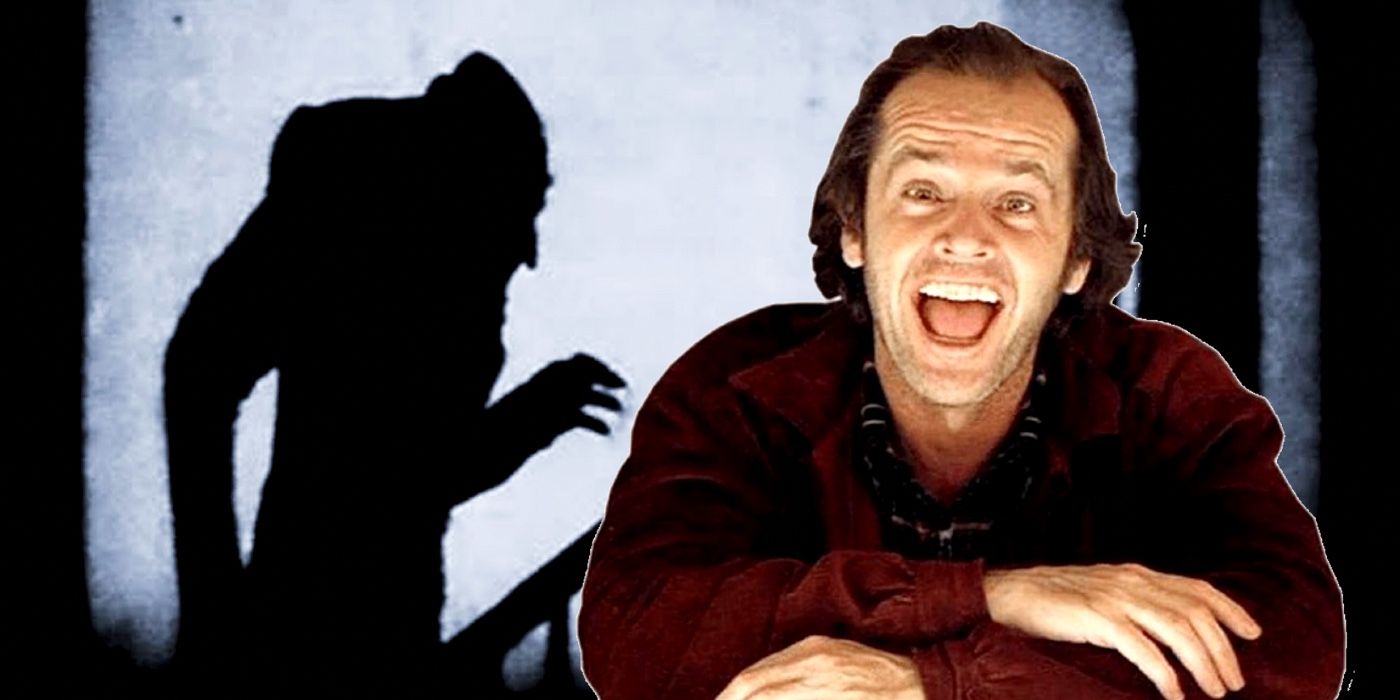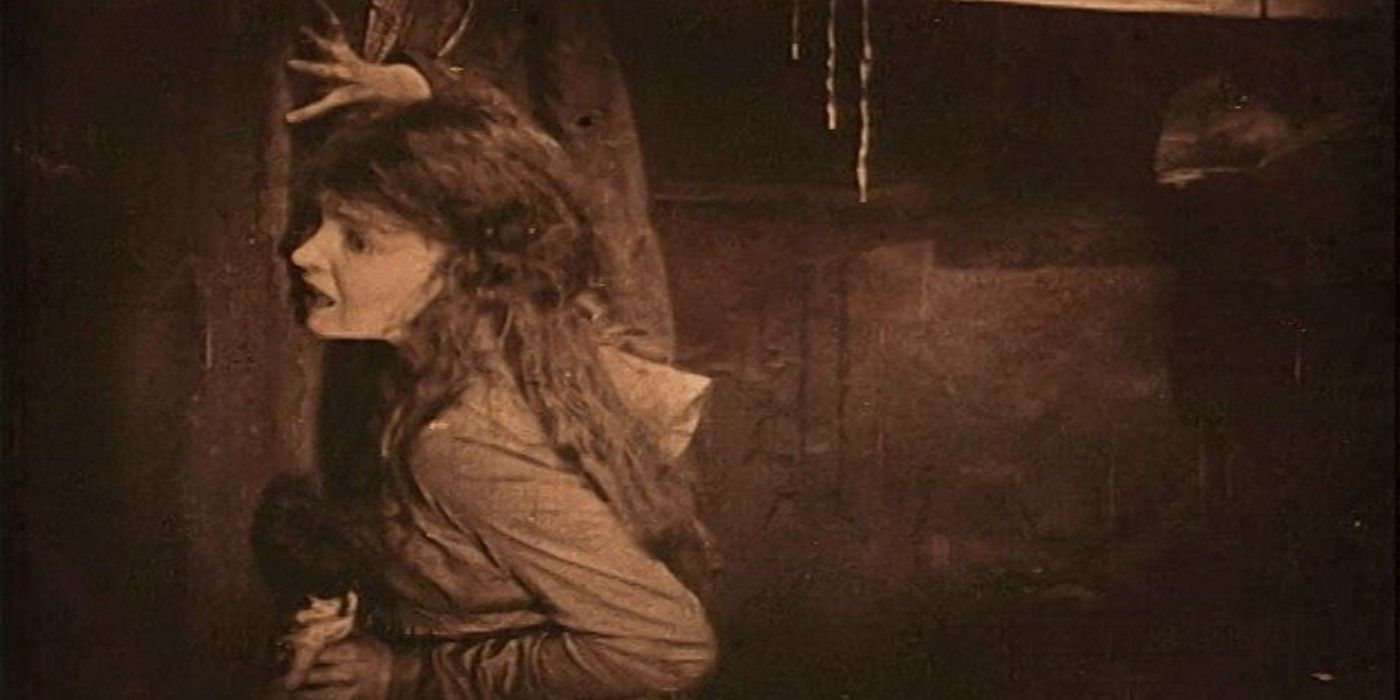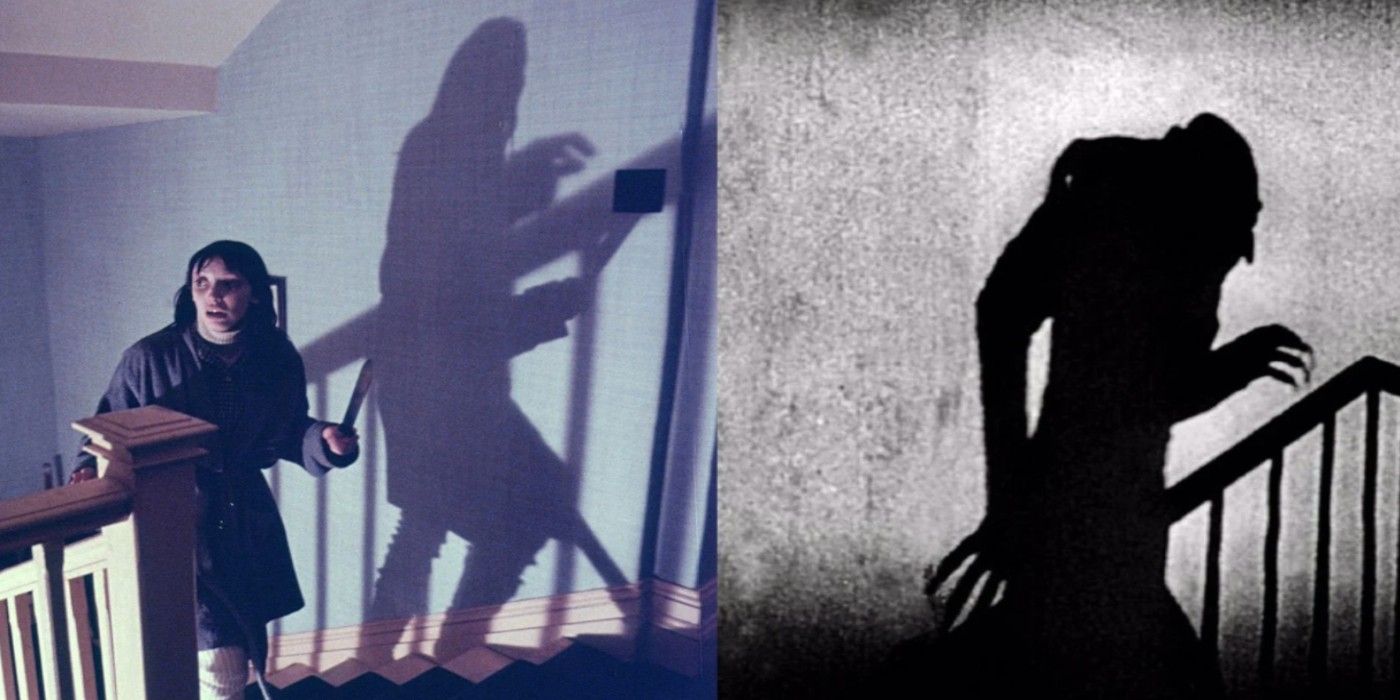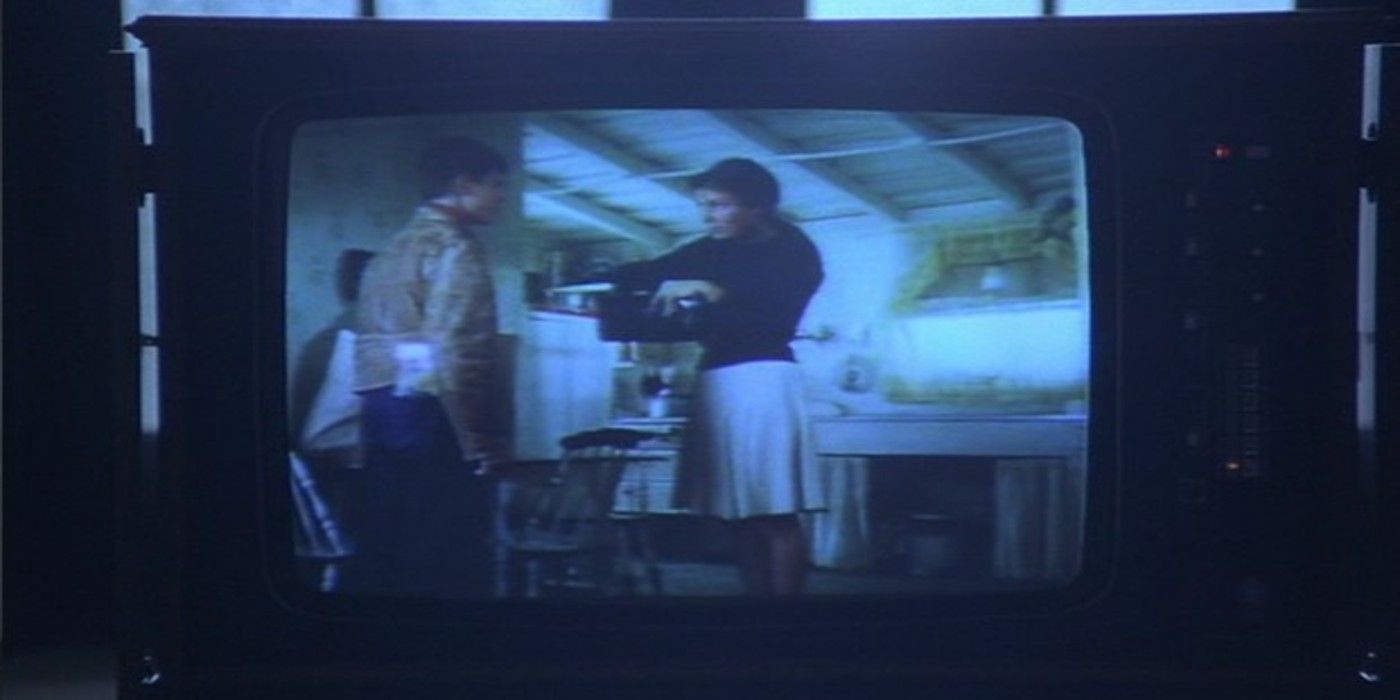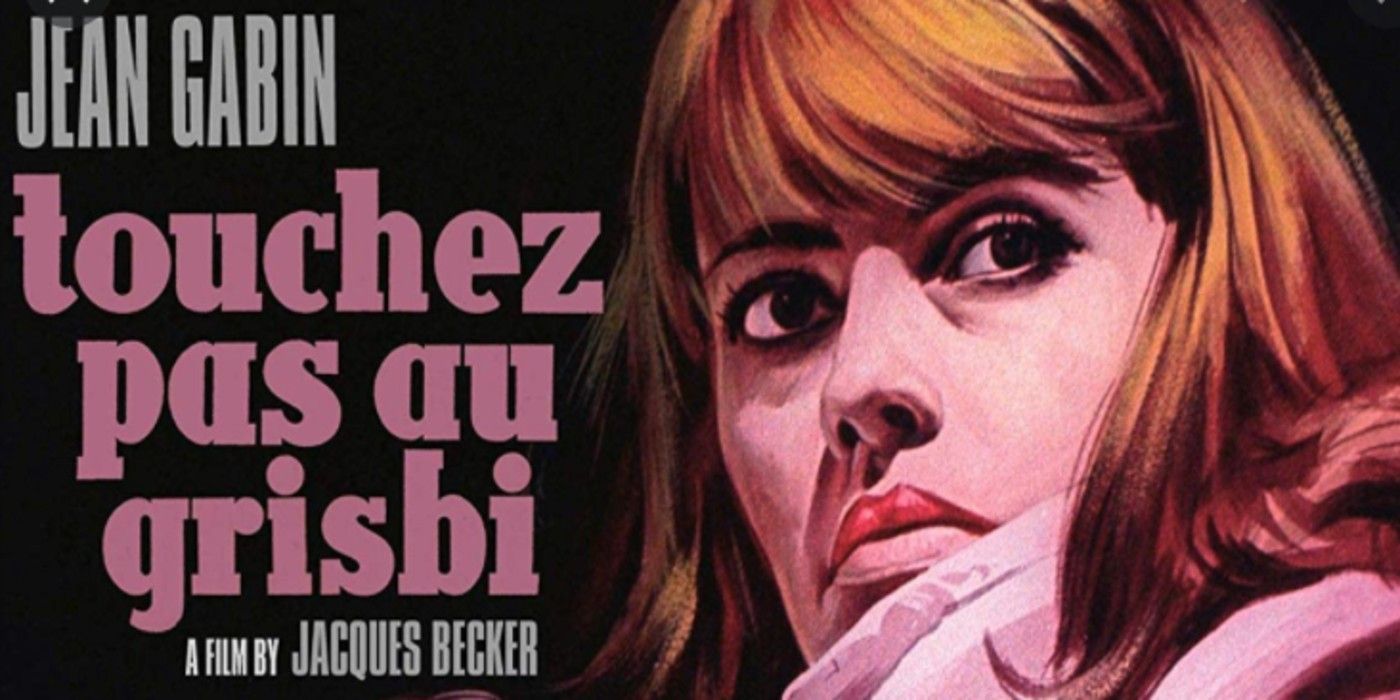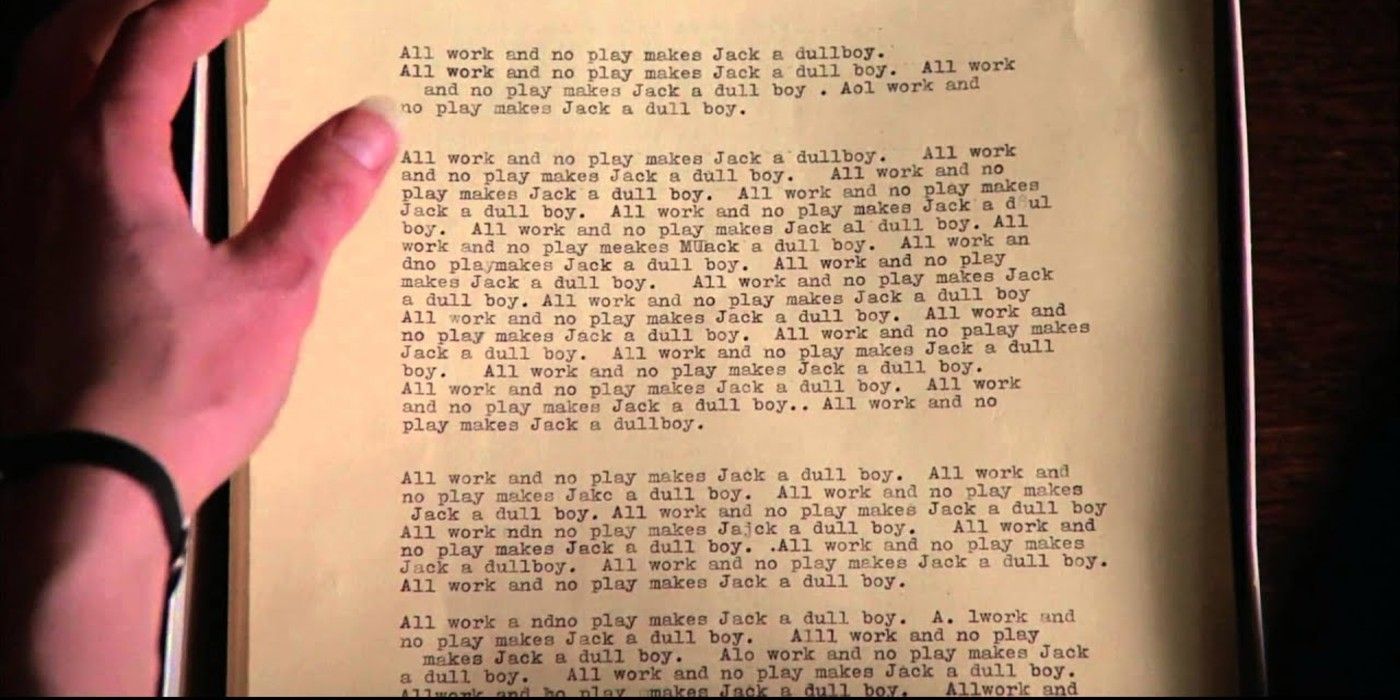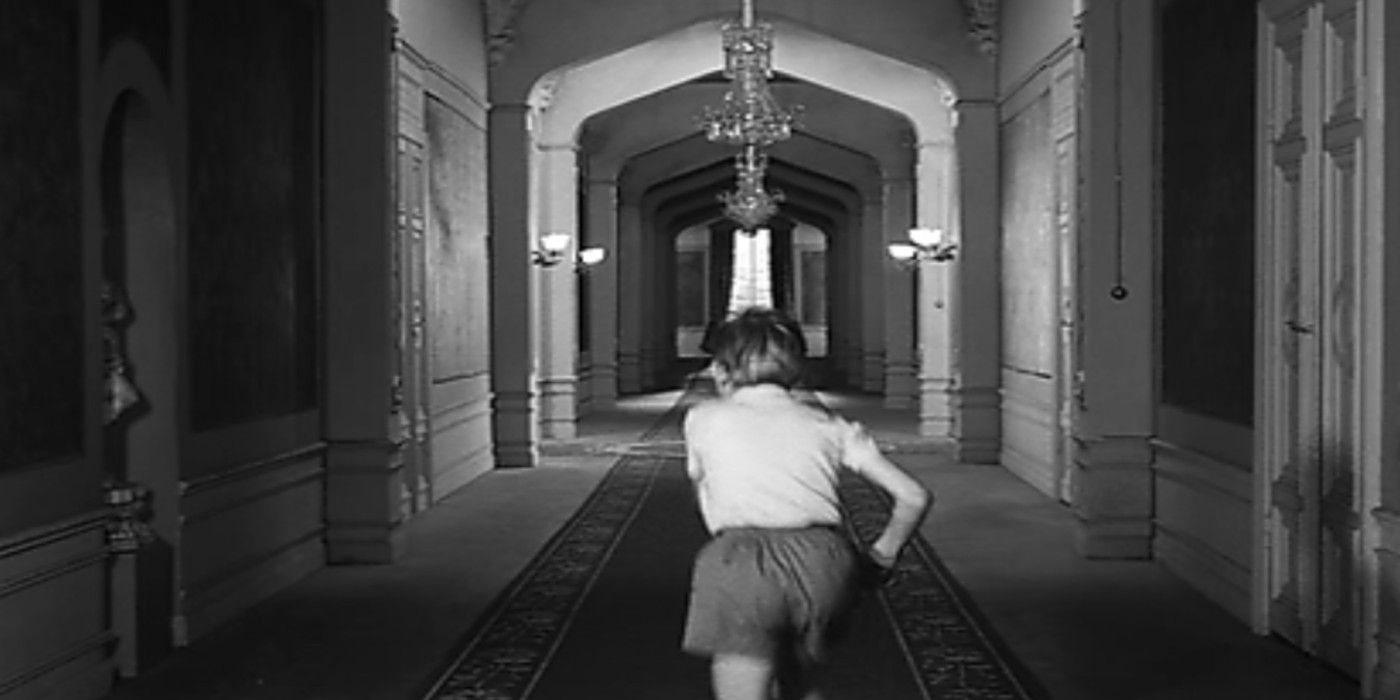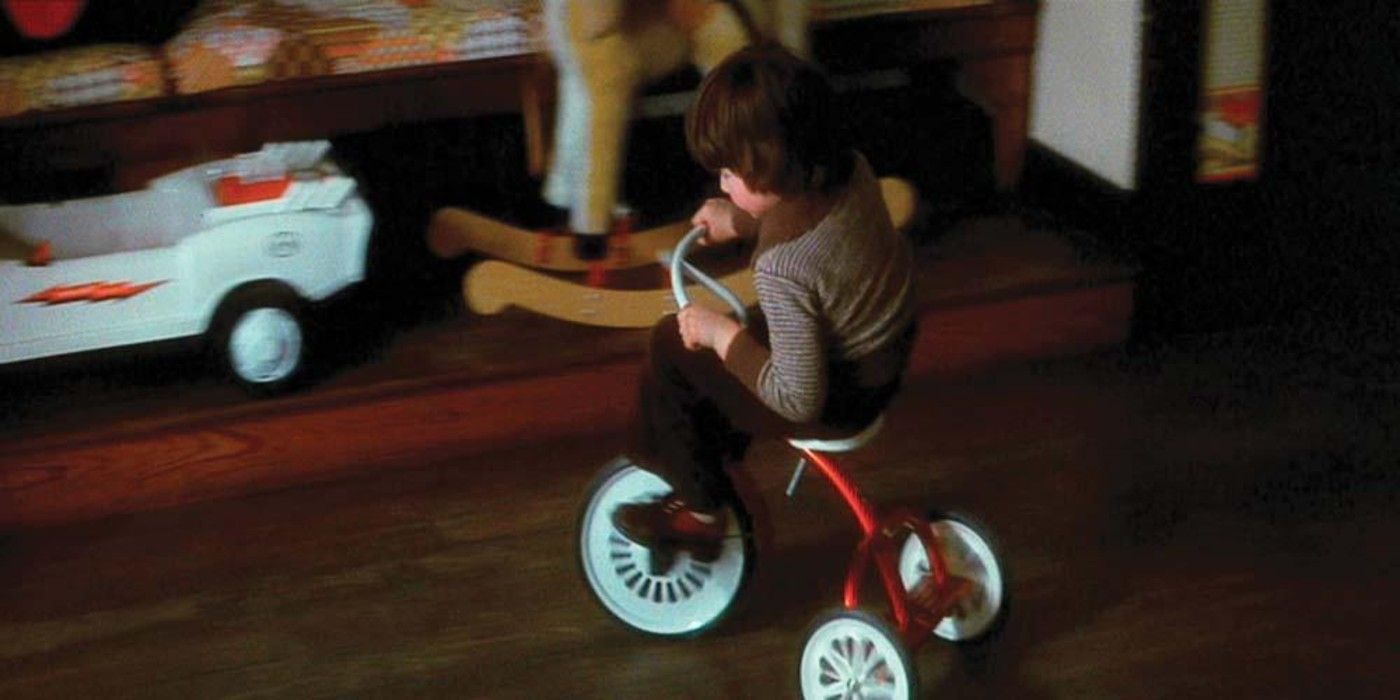The Shining, a 1980 psychological horror film produced and directed by Stanley Kubrick and based upon Stephen King's 1977 novel of the same name, is full of several pop culture references of its time, some of them hidden and some of them obvious. The movie centers on Jack Torrance (Jack Nicholson), an aspiring writer and a recovering alcoholic who takes on the role of off-season caretaker of an isolated hotel—the Overlook—in Colorado. His wife Wendy (Shelly Duvall) and his son Danny (Danny Lloyd) accompany Jack to spend a long winter at the hotel.
Early on, viewers learn that Danny has something called "the shining"—a psychic ability that allows him to see into the Overlook's gruesome past. The hotel cook, Dick Hallorann, who gives the Torrance family a tour of the Overlook, also has "the shining" and even speaks to Danny telepathically. Viewers eventually find out that the hotel's previous winter caretaker had a mental breakdown and killed his family and himself. Jack suffers a similar type of breakdown once a winter storm sweeps over the area, snow bounding the family. He slowly goes crazy due to the supernatural entities that fill the hotel, and attempts to kill his family.
Perhaps the most famous moment in The Shining comes when Jack attempts to barge through the door of the bathroom, where Wendy is hiding from him. He uses an axe to hack through the door, sticks his face through the door, and says "Here's Johnny!" That line—allegedly ad-libbed by Nicholson—is a reference to The Tonight Show Starring Johnny Carson. "Here's Johnny!" was how Ed McMahon would introduced Carson when he came onto the stage, but the catchphrase is now more known from its use in The Shining. Even so, there are numerous other references to pop culture scattered throughout Kubrick's film.
The Axed Door Scene
Many fans believe the scene leading up to the "Here's Johnny!" quote pays homage to the 1919 American silent drama film, Broken Blossoms. A scene in this movie likewise features a man attempting to get through a door while a woman on the other side screams in fear. A mashup of that scene and the one from The Shining was even created. Others say that the famous door scene was inspired by the 1921 Swedish ghost film, The Phantom Carriage; in a scene from this movie, a man axes his way through a door while a woman and a child cower in fear.
Nosferatu
There's also an obscure reference to the 1922 German silent horror film, Nosferatu: A Symphony Of Horror in The Shining; during a scene in which Wendy walks up the stairs slowly, brandishing a knife, her shadow that spreads across the wall evokes that of Nosferatu.
The Summer Of 42
The Summer Of 42 is coming of age film in which a man tells a story of the summer when he was 14; he became infatuated with a woman while her husband was at war. In The Shining, Wendy and Danny can be seen watching this movie on a television set at the Overlook. This may have been Kubrick's way of continuously incorporating the number 42 into the movie (Danny wears a shirt with the number on it). Other fans say the way in which the dialogue of The Summer Of 42 was incorporated into The Shining was deliberate; Wendy and Danny have a conversation while the movie is on , and sometimes the questions and answers line up. For instance, when Danny pleads to go get a toy from his room—where Jack is sleeping—a character on the TV says "Don't be in too big a hurry, you could end up in the army," perhaps foreshadowing that danger may await Danny upstairs.
Touchez Pas au Grisbi
The 1954 French-Italian crime film Touchez Pas au Grisbi is also referenced to in The Shining. When Dick reclines in bed underneath a provocative painting of a woman, it directly evokes a similar shot from the 1954 movie.
The Bridge On The River Kwai
A more direct reference concerns the 1957 adventure war film The Bridge On The River Kwai, which made the proverb "All work and no play makes Jack a dull boy" in a famous scene. However, the proverb had also been earlier used in Jack Kerouac's 1962 novel Big Sur and the 1933 Laurel & Hardy film Sons of the Desert. In The Shining, Jack famously abandons his own writing project to type out this proverb over and over again, filling countless sheets of paper.
The Silence
Ingmar Bergman's 1963 film The Silence is also referenced to in The Shining. The latter's famous hallway scene, in which Danny rides his tricycle down a creepy carpeted hotel hallway, recalls a similar scene in The Silence; a bored boy roams the halls of an old, eerie-looking hotel.
The Omen
Many horror movie fans believe the scene in The Shining in which Danny rides his tricycle through the hallways is also a reference to The Omen. In the latter film, which was released in 1976, Damien also rides his tricycle inside—it's the scene where he causes his mom to fall off the balcony.

